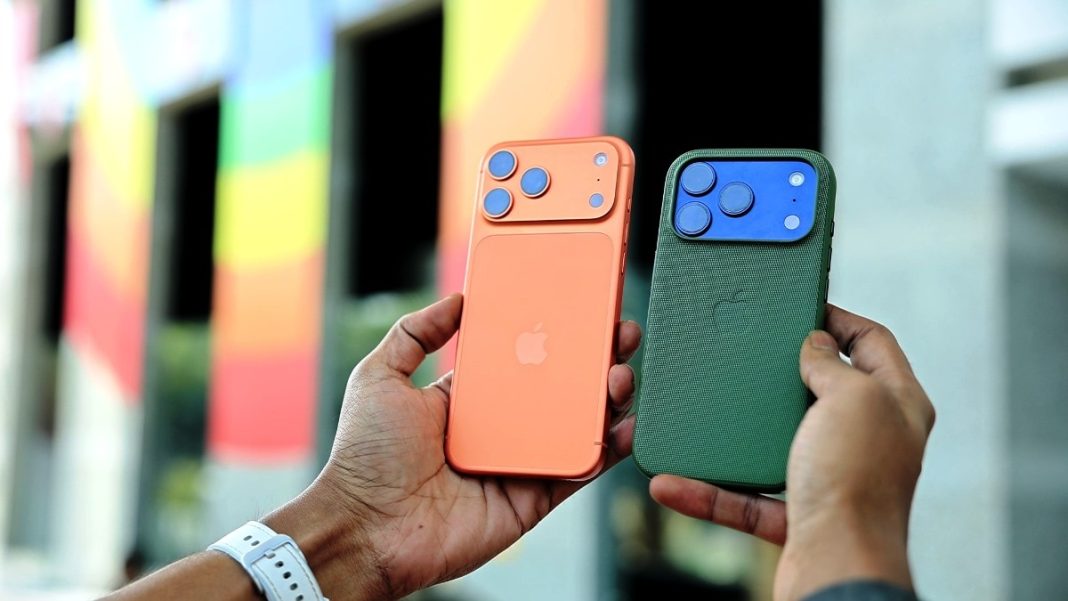Key Takeaways
- iPhone 20 in 2027 may feature fully solid-state haptic buttons with no physical movement
- Transition begins with iPhone 18 in 2026, starting with camera control button
- Technology uses localized vibrations to simulate button press sensation
- Benefits include improved durability, water resistance, and futuristic design
Apple is reportedly planning a revolutionary buttonless design for its future iPhones, with the iPhone 20 expected to debut in 2027 featuring complete solid-state haptic controls. According to leaks from Chinese tipster Setsuna Digital, this would eliminate all mechanical buttons in favor of touch-based systems that simulate pressing sensations through vibration feedback.
The Solid-State Button Technology
Apple has allegedly completed the testing phase for its solid-state button technology, with the system now working reliably in prototype devices. The company is preparing for mass production ahead of the 2027 iPhone 20 launch, giving engineers time to refine the tactile sensation and durability.
All physical controls including the power key, volume rocker, action button, and camera control are expected to transition from mechanical movement to simulated haptic clicks. These new buttons will use localized vibrations to recreate the sensation of pressing real buttons, similar to Apple’s existing Taptic Engine technology.
Benefits and Implementation Timeline
This shift represents more than just a cosmetic change – it promises sturdier, more water-resistant devices with fewer points of failure. The transition will be gradual, beginning with the iPhone 18 series in 2026 as a bridge between current hardware and full solid-state implementation.
The camera control button is tipped to be the first component to undergo transformation, adopting a simplified pressure-sensing design while removing its capacitive touch layer.
Advanced Piezoelectric Components
In subsequent years, Apple plans to integrate piezoelectric ceramic components capable of generating precise vibrations when pressed. This advanced technology would deliver a convincing tactile “click” feel without any physical movement, making it virtually indistinguishable from traditional button presses.
Broader Ecosystem Integration
The implications extend beyond iPhones to Apple’s entire product ecosystem. The company is exploring implementing the same solid-state technology across future iPads and Apple Watch models, aiming to create unified hardware interaction methods. This could potentially introduce new gestures like pressure-based shortcuts or swipe-sensitive buttons.
Apple’s Cautious Approach
Despite the ambitious plans, Apple appears to be taking a methodical approach to this major interface shift. Extensive real-world testing will be crucial to ensure the new buttons feel natural while maintaining Apple’s signature precision and reliability standards.
This isn’t Apple’s first venture into haptic technology. The iPhone 7’s solid-state home button and MacBook’s Force Touch trackpad served as early experiments in replacing moving mechanisms with haptics, both proving remarkably convincing. Extending this philosophy to every device button represents a logical, though ambitious, evolution.
For now, traditional physical buttons remain in Apple’s devices. But if the leaks prove accurate, iPhone users by 2027 may find themselves interacting with buttons that don’t physically move – yet feel exactly like they do.




